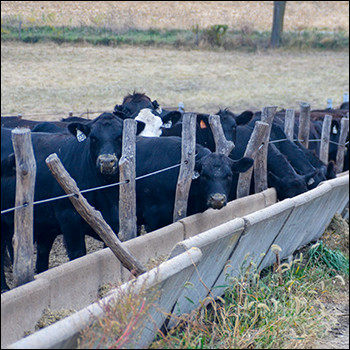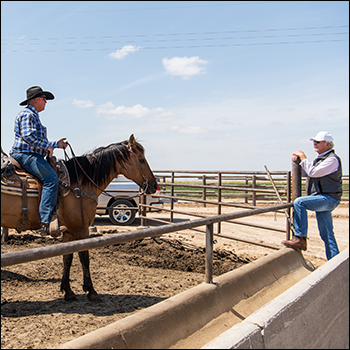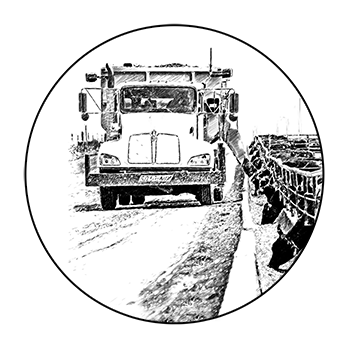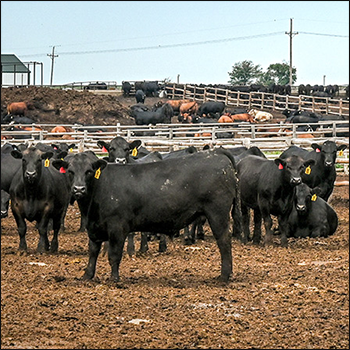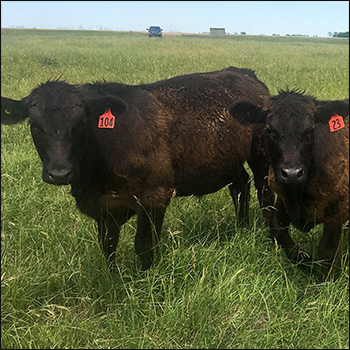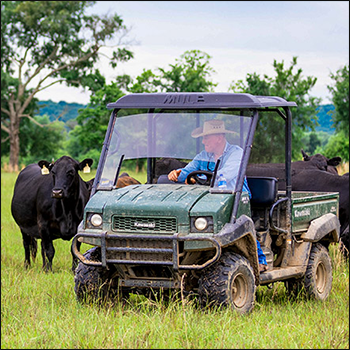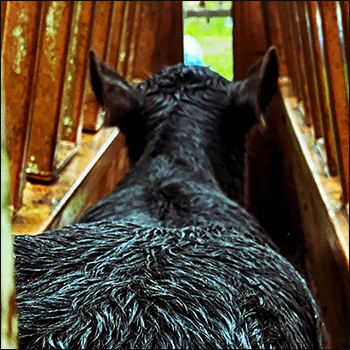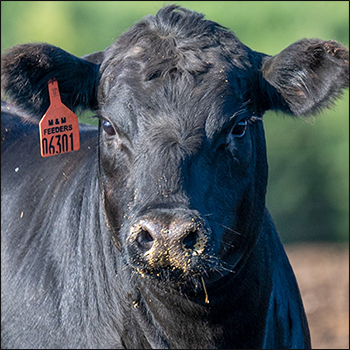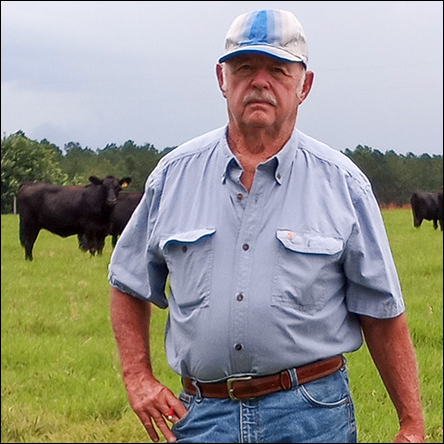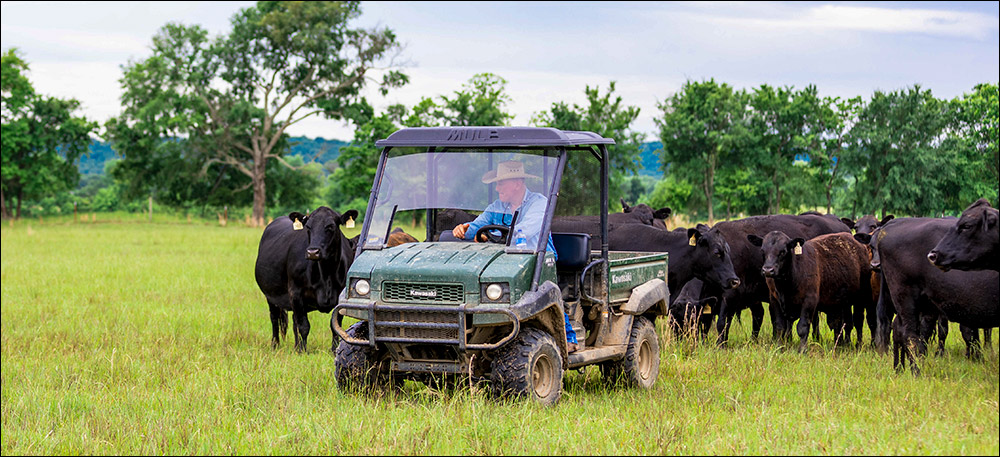
Angus Proud: Jim Moore
Arkansas operation retains ownership through feeding and values carcass data.
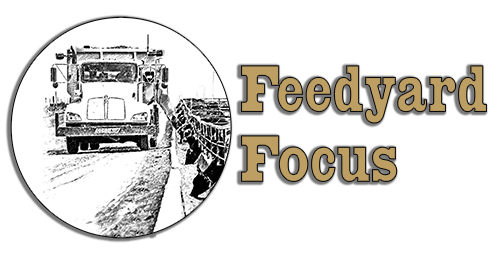
There are American Angus Association members in all 50 states who raise quality cattle in a variety of climates. They have different forages, techniques and environments, but they have one thing in common. They are all proud to be Angus.
“We’re a cow-calf operation, like many others around here,” says Jim Moore, owner of Moore Cattle Co., Charleston, Ark., “but we feed our own cattle.”
While the calves are still with their moms, Moore Cattle Co. likes to background them at home during the summertime. Moore says when the calves are 1 year old, they will be sent to a feedlot. Moore retains ownership of the cattle until they are harvested.
“We sell our cattle to U.S. Premium Beef in Kansas,” Moore says. “All of our cattle are sold on a grid-based marketing system.”
Moore says a grid-based marketing system was ideal for his operation because of the individual results that he gets back on each animal sold.
“We know each animal’s hot carcass weight, quality grade, marbling score, back fat, ribeye area and the animal’s dollar value to us,” Moore says.
Moore Cattle Co. compiles and sorts all of the data collected from each animal in a spreadsheet. It gives the operation a good strategy for culling in the future, he explains.
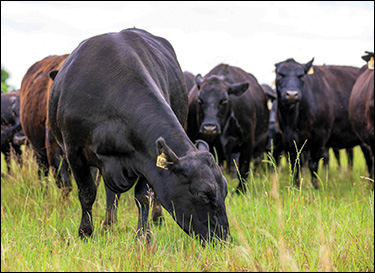 |
With 25 years of individual data on calves fed out, says Jim Moore, “we have a pretty good handle on knowing what is our top end of our cows and what is the bottom end of our cows.” |
“We’ve been feeding cattle for about 30 years now, and we have about 25 years of individual data on our cattle,” Moore says. “So, we have a pretty good handle on knowing what is our top end of our cows and what is the bottom end of our cows.”
He is focused on building up his breeding herd, and one way Moore does that is through genomic testing.
“We have not purchased a commercial female to come onto our farm in over 45 years,” Moore says. “We genomic test all of our heifers that will join the breeding herd.”
Moore says he believes in the power of emphasizing female selection.
“We’re big believers in cow families,” Moore says. “We have certain lines of those cattle that it doesn’t matter what bull we breed those cows to, they are going to produce a high-quality calf.”
The Angus breed is versatile and able to thrive in a variety of climates, including Arkansas.
“I consider us to be pretty fortunate through here because of the fact that we get a lot of rainfall,” Moore says. “The downside is we’re pretty flat where we’re at. So we fight the mud a lot.”
Moore Cattle Co. was not always Angus. During the first 30 years, they produced Hereford cattle.
“In the late ’70s and early ’80s, the ‘ear craze’ hit, and everybody thought you needed some ear on those cattle,” Moore says. “So, we crossed the Hereford cows with some Brahman, Santa Gertrudis and Brangus bulls.”
They even started breeding their cow herd with some Simmental bulls after a few years. The cattle began diversifying too much, he explains.

“One day we looked across our pasture, and we had one of every kind,” Moore says. “We had never really had that here on our operation, so we made the decision at that point in time that we needed to get those cattle a lot more uniform.”
They landed on Angus to do the job.
“The real reason we picked Angus cattle is because of the maternal side of those cattle and the carcass capabilities,” Moore says.
It was not just the characteristics of the cattle that drew Moore to Angus.
“We felt like the American Angus Association was doing more for their customers and furthering producers more than any other breed organization out there,” Moore says.
Breeding strategies have changed over time, but Moore does not see his operation straying away from Angus anytime soon.
“These cattle are doing an absolute phenomenal job here, and it’s a testament to what the seedstock producers have done down through the years,” Moore says. “They continue to breed these cattle and improve them with every generation.”
Editor’s note: Photos by Whitney Whitaker.
